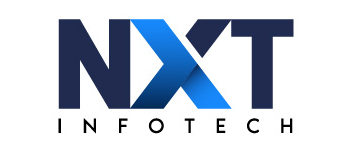In the ever-evolving landscape of digital interaction, responsive design stands as the bedrock of modern web application development. It ensures that applications are versatile across a multitude of devices, providing optimal viewing experiences with adaptive layouts that adjust to any screen size. The mobile-first approach acknowledges the predominant use of smartphones for internet access, optimizing for smaller screens and touch interactions from the outset. This strategy goes hand-in-hand with the implementation of touch-friendly interfaces, which accommodate intuitive gestures and taps that mobile users have come to expect.
– Adaptive Layouts for Optimal Viewing: Implementing fluid grids and flexible images to ensure web apps look and work perfectly on any screen size.
– Mobile-First Approach: Prioritizing the mobile user experience in design and development to cater to most internet users.
– Touch-Friendly Interfaces: Creating interfaces that are optimized for touch, with larger buttons and gesture-based navigation.
To maintain a competitive edge in the digital marketplace, developers are turning to Accelerated Mobile Pages (AMPs) and search engine optimization (SEO) techniques that prioritize speed and visibility. AMPs are instrumental in reducing load times on mobile devices, which is crucial for user retention and engagement. Concurrently, adherence to SEO best practices ensures that web applications are discoverable and rank well on search engines, drawing more traffic and potential customers. Keeping pace with algorithm updates is an ongoing process that requires web applications to evolve continuously to meet the latest standards.
Accelerated Mobile Pages (AMPs) and SEO
– Faster Loading with AMPs: Utilizing Google’s AMP technology to speed up page loading times on mobile devices, enhancing user retention.
– SEO-Friendly Development Practices: Writing clean, structured code and ensuring proper use of meta tags for better indexing and ranking on search engines.
– Regular SEO Updates: Staying updated with the latest search engine algorithms and updating web apps to maintain high search rankings.
As technology marches forward, the importance of building flexible and future-proof web applications cannot be overstated. Employing a modular architecture allows for easier updates and maintenance, ensuring that web apps can adapt to the changing technological landscape without requiring complete overhauls. A focus on scalability prepares web applications to handle growing user bases and data loads effortlessly. Moreover, maintaining an open architecture for new technologies means that as new trends emerge, such as blockchain or augmented reality, they can be seamlessly woven into the existing fabric of the web application.
Futureproofing with Modular Architecture
– Microservices and Modularity: Developing modular components for easy updates and maintenance, keeping web apps current and cutting-edge.
– Scalable Architecture: Designing an architecture that grows with user numbers and data, ensuring long-term viability.
– Technological Integration Flexibility: Building systems with the capability to integrate emerging technologies as they develop.

